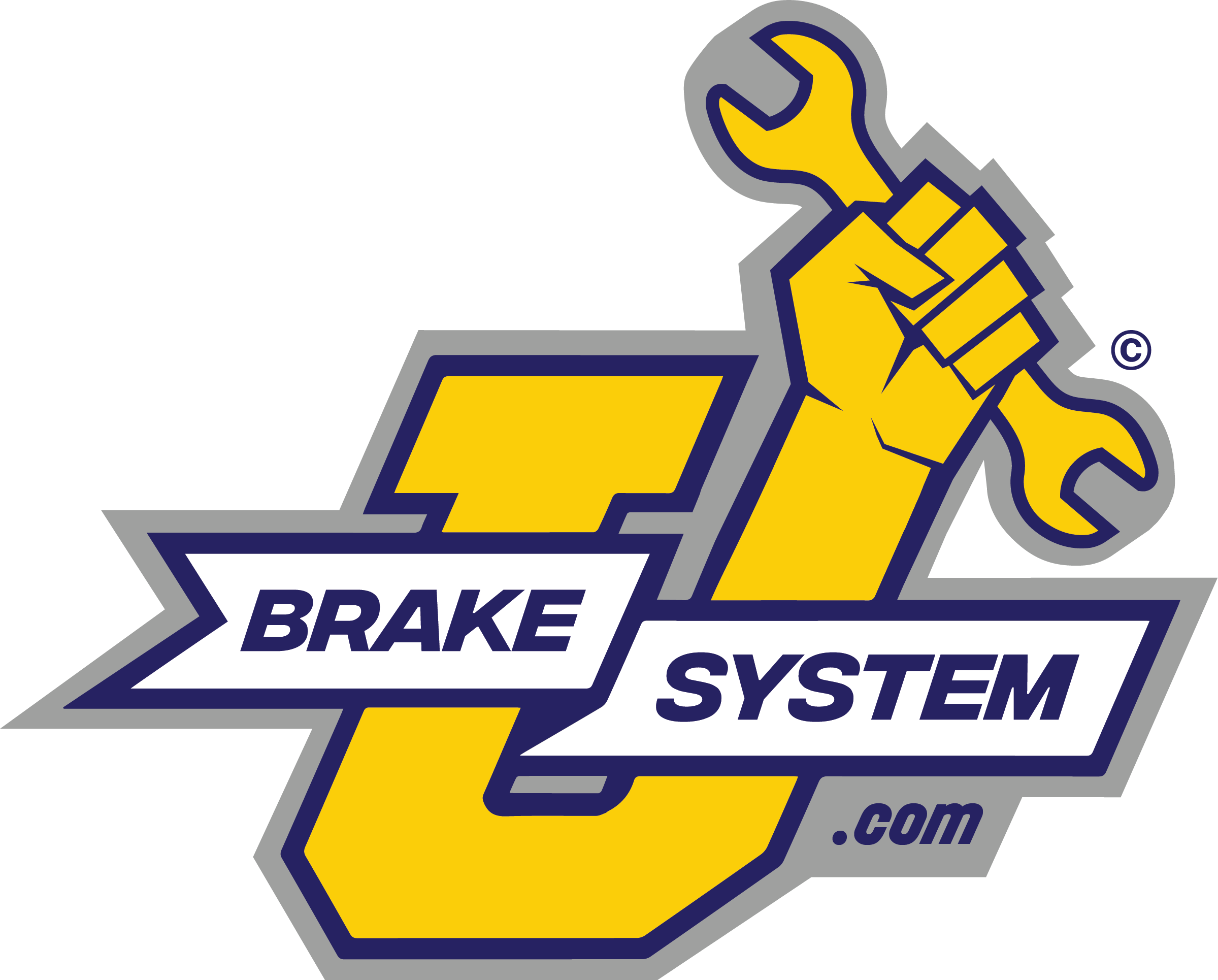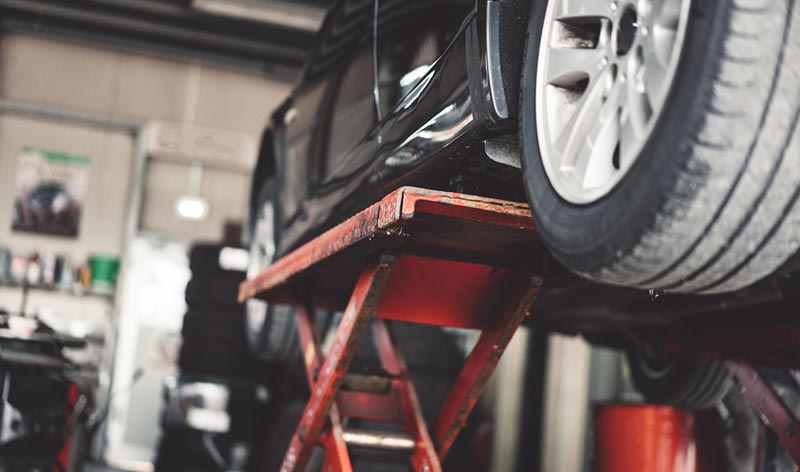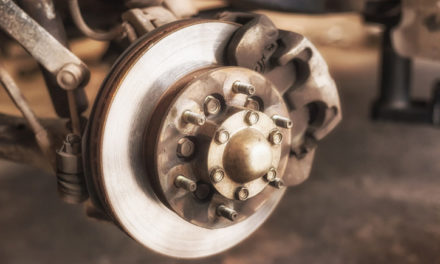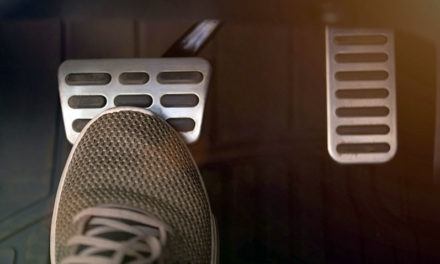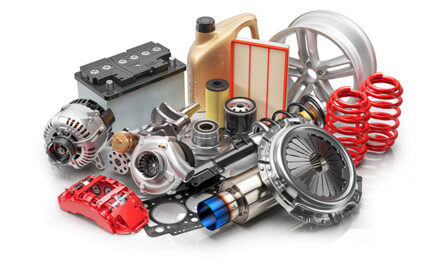Are you noticing that your brake pedal is not providing the same resistance to your foot? A spongy brake pedal is one of the first indications that you have a leak somewhere in your braking system. It is time to get underneath your vehicle and get a good look at the lines, your hydraulic fluid distribution system, and pumps.
How to Inspect Your Brake Lines
Before inspecting the brake lines, take your car through the car wash and have the undercarriage done. This will remove salt, dirt, and surface corrosion. Next, you could roll under your car or truck on a dolly, but it is much easier to determine the extent of the damage if you get your ride up on a lift or at least ramps. Use the bright work light to illuminate the entire area. Look for kinks in the lines, rub your fingers around all the fittings, and rub away any flaking material. If you have any leaks, no matter how small, it’s time to replace the lines. Kinks can prevent the right amount of pressure from being produced that is needed to stop the car, the deformation and cannot be repaired. It is time to replace.
Assembled Brake Line Kits or DIY?
You really have two options when buying replacement lines. You can buy a coil of line with the needed fittings and a collection of specialized tools to create your own lines. You will be cutting the metal line, shaping it into the proper configuration, positioning the fittings, and flaring the ends. None of the tasks are overly difficult but will take time. Mistakes must be corrected before taking your ride back out on the road.
Buying the right fittings can be the most challenging part of selecting the parts. The connection to the master cylinder or distribution point cannot be altered, so you must check the specs on your system before buying a fitting that will never seal the deal.
An assembled brake line kit will arrive ready to pop into place. You order it by matching the part number with your make and model and it will have the fittings ready to go. You will save on time and aggravation, but you will pay significantly more for the convenience factor. You will still need a wrench to remove the old fittings and pop the new ones into place and you may need to adjust the lines to properly seat in the hangars or clips.
Steel, PVF, or Nickel Copper: Which is Best?
Most passenger vehicles still roll off the factory floor with steel brake lines, and they are intended to last the life of your vehicle. So, replacing with steel is perfectly acceptable. The PVF coated lines are becoming more popular and add an extra layer of protection against corrosion resulting from salt and pollution. If the coating cracks or flakes during installation, you will need to do it again. Finally, if you want your aging roadster to clock another 100k miles, you may want to splurge on Nickel Copper brake lines. They do not react with road grime and resist deforming at extreme temperatures.
